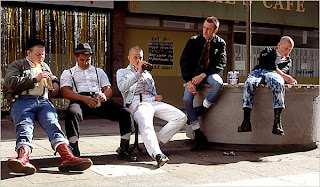Another reason to travel his people’s ambition to see things that others cannot see or reach, where no one else has been before. This is becoming more and more tempting to a lot of people. I would like to go to the lost city of Atlantis. How about you ?
Flights into space have fascinated people for a long time, but only in the sixties of the twentieth century people were able to set their foot on the moon. Since then, flying into space has evolved to the level of tourism for some very wealthy people, who want to experience something new, something, so to say, otherworldly.
Never ending TV interviews with such a lucky person give him a lot of publicity in the media. The person becomes popular, admired and respected, which only increases his vanity. However, in the future, even flights into space will be widely available; the fares will fall and space travel will not be something unattainable.
Then people will look for other places to visit, perhaps places that we do not even dream about? Have you ever heard o about The Space Elevator ? What do you find it ? Maybe we will be able to realize the human dream of traveling in time? When and why would you go if it was possible ?
Currently, travel is becoming increasingly popular. Travel agents are offering better packages, at more affordable prices. In addition, the network of rail and air connections is growing, and knowing how to speak English is like a pass that eliminates language barriers. Thanks to this, travel is becoming easier and cheaper. It is easier and cheaper to organize a trip no matter whether it is domestic or foreign, and therefore the number of passengers is increasing and will continue to increase.
People need to detach from their everyday life, wish to experience a different life for a moment. To try other foods, to live in another climate or to communicate in other languages.
In addition, foreign trips are still associated with affluence and a higher social status. Because of that a lot of people go to the "fashionable" tourist areas of the world, in order to boost their ego, to post pictures of distant places on social networking sites or to show them to friends.
But even if this behavior is perceived negatively, it is important to realize that it is all because of human vanity. Traveling itself is a very positive thing, because it not only contributes to broadening of our knowledge of the world that surrounds us, but it also helps us to understand ourselves.
Have you recently been on a trip ? Do you know any breathtaking places?


























